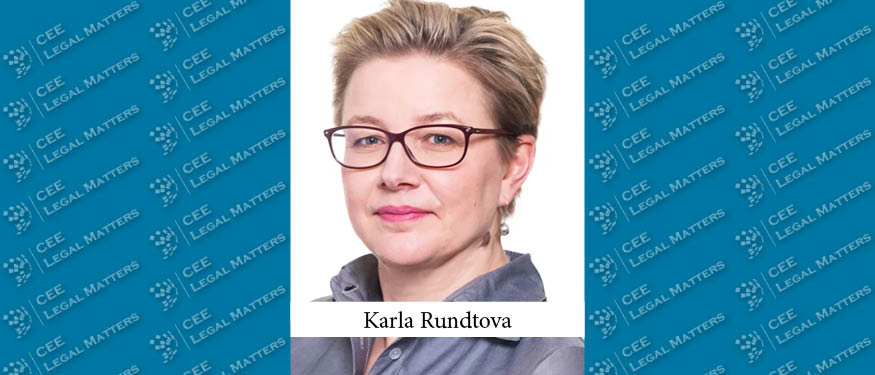Austria – in particular Vienna, the capital and second largest German speaking city in the world, as well as Linz and Graz – is conveniently placed at crossroads of international trade routes providing excellent access to major European economies in all four directions.
In the last decade, an increased demand for suitable real estate and a shift in interest between asset classes have accelerated the increase of prices in the logistics market. In addition, companies are focusing ever more on urban areas in order to satisfy requests for same or next day delivery. The so-called “Building Right” offers an alternative to the acquisition of land for developers, reducing initial costs while providing legal certainty for up to 100 years.
Under Austrian Law, the ownership of land and buildings must be united and cannot be separated. Superstructures (i.e., buildings newly erected on leased land), and Building Rights (i.e., a right registered in the land register according to which land and use including the right to erect a building are separated), constitute the only two exceptions to the general rule.
Building Rights are similar to leases, but contain stronger elements of ownership and are exclusively regulated by the Building Right Act 1912. The Building Right must be granted for a minimum of ten and a maximum of 100 years and can only be terminated for non-payment of consideration for two consecutive years. Additional contractual termination reasons are void.
Building Rights must be registered in the electronic land register and can subsequently be transferred, mortgaged, encumbered, or rented out. A Building Right can be established for existing or future buildings, as it only refers to the land and not to specific buildings. The owner is allowed to establish condominium ownership (for example, making each logistics building one unit.)
There is no specific minimum or maximum consideration. The parties can agree on one single payment or on annual or monthly payments, with the latter being more common. Unlike rent, there is no service charge as the owner of the Building Right pays all costs directly. Naturally, when renting out, owners of Building Rights include their consideration and their operational costs in the tenant’s rent (under Austrian law there is no specific limitation on rent, provided that the building permit is dated on or after May 30, 1953).
Generally speaking, the owners of Building Rights enjoy more rights and freedoms than tenants, although many land owners restrict them in the contract. Owners of Building Rights are treated as real owners and not mere tenants under construction laws and do not need the land owner’s consent to apply for building or operation permits, which makes development easier.
As a Building Right may be granted for up to a century, the term may consist of several investment and refurbishment cycles. While the Building Right Act 1912 allows the owner of the Building Right to claim one fourth of the value of the building at termination, the parties may deviate in the contract. Many contracts include reasonable solutions to prevent litigation, particularly for logistics properties, as the owner of the Building Right may have to refurbish in the last years of the contract in order to let the premises.
Increased demand for Building Rights and continuing criticism of the comparatively old Building Right Act 1912 have resulted in pressure to make legislative amendments. The current coalition between the conservative and green parties have included the modernization of the Building Right Act 1912 in their agenda, specifically to make construction land more available.
While we will have to wait to see which changes are planned, the Austrian Building Right has already become very attractive for developers in the last ten years. This trend is very likely to continue.
By Klaus Pfeiffer, Partner, Weber & Co
This Article was originally published in Issue 8.3 of the CEE Legal Matters Magazine. If you would like to receive a hard copy of the magazine, you can subscribe here.

















